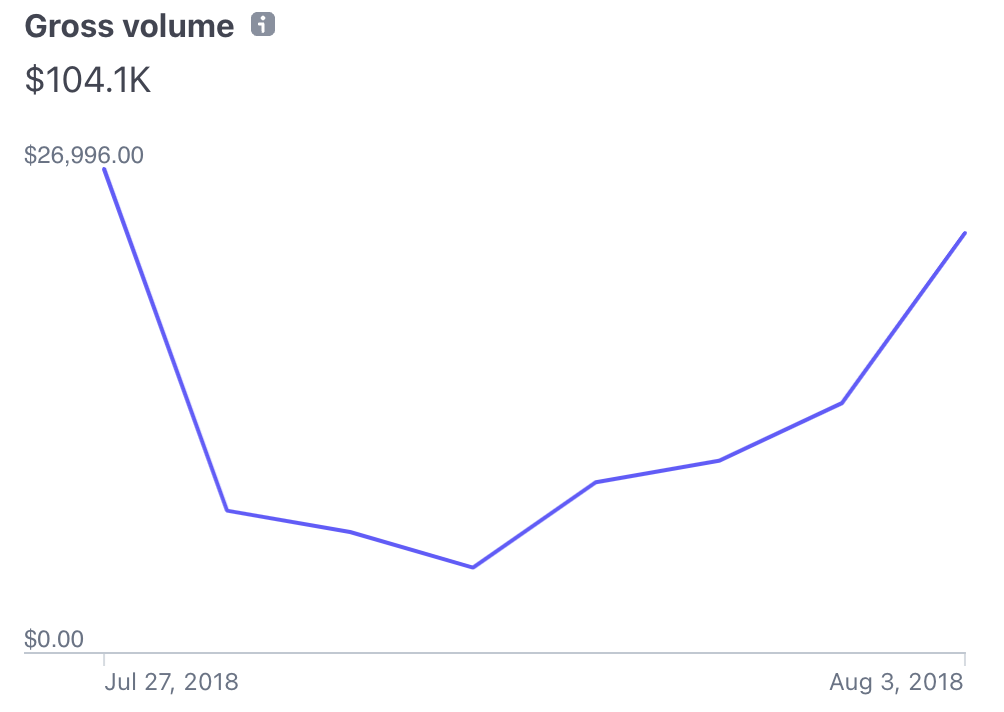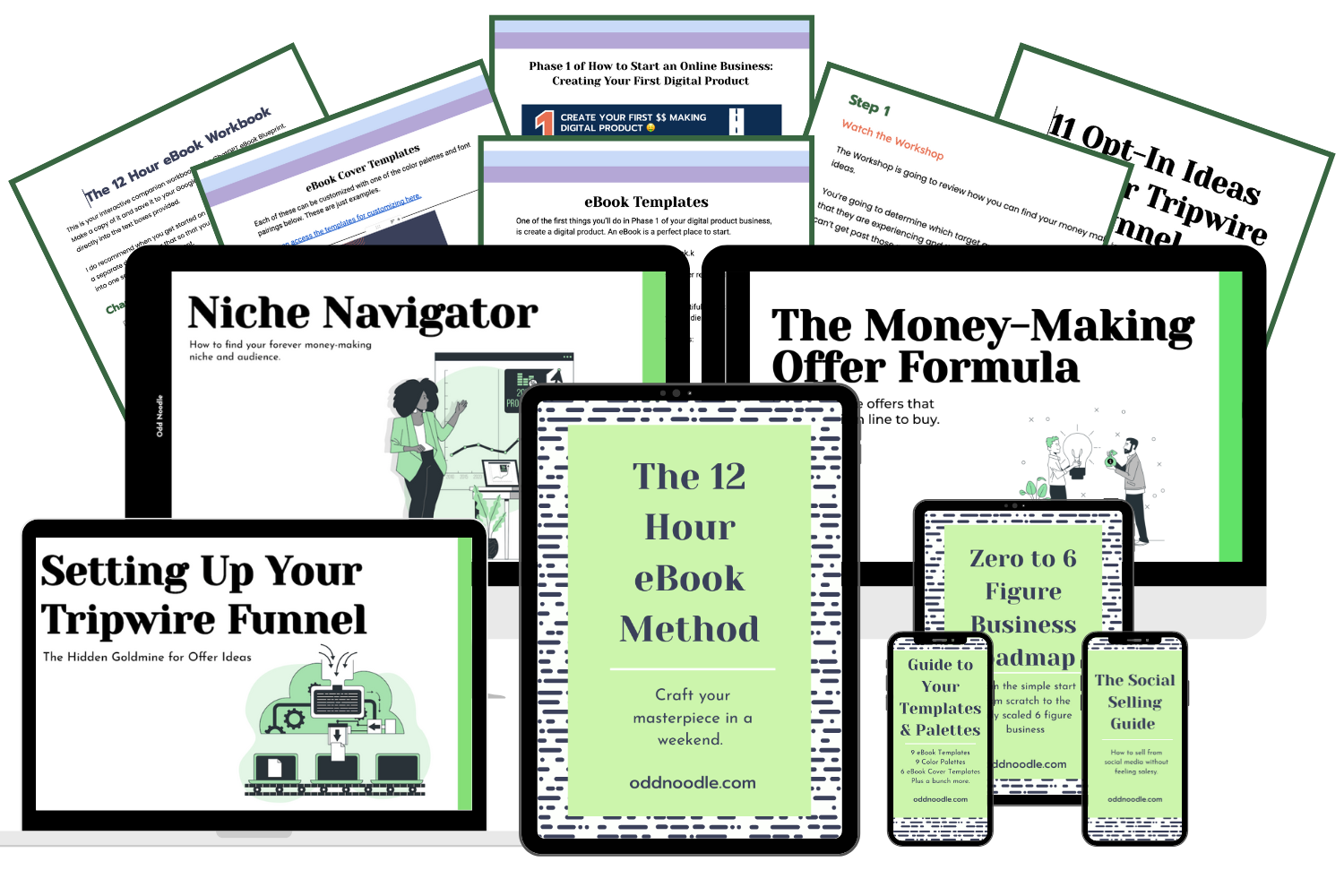So here’s the scenario.
You sit down in front of the computer, knowing you need to work on your blog but feeling like there are a million things to do and having absolutely no idea which one of them to start with.
How often does this happen to you? It’s easy to feel overwhelmed with ALL of the things that you think need to be done to make your blog successful, but guess what?
There are only 4 big things that you need to do daily (or almost daily) to build a successful blog.
If you can base your daily blogging to-do list around those 4 “big things”, then you know that you have a focused list of things to do each day AND you know those four things are going to move your business forward each day.
Why Is it Important to Have a Blogging Daily Checklist?
The very best piece of advice I ever got for business, blogging, or just life in general was just four simple words.
You should try harder.
It could be simplified even further to “Do better”.
It’s hard to try harder and do better, however, when you don’t really know what things really require you to try harder and do better.
That’s where the 4 daily blogging to-do’s come in.
What Are These Magical 4 Big Things?
To build a successful blog you need to do four things. We call this the Pocket Business Framework:
- Get them to notice you
- Get them to pay attention to you
- Get them to trust you
- Convert that trust into money
If you have things on your daily to-do list that don’t belong in one of those four categories, then you can stop doing those things.
If you’re not sure whether or not what you’re doing on a daily basis is contributing to one of those four categories, then let’s take a look at each one and some examples of things you can be doing to make sure you’re focusing on the right things.

#1 Get Them To Notice You
How do you get people to notice you? Stand on the sidewalk with a sandwich board?
Well, you could, technically, but basically, people will notice you when you let them know that you can help them solve a problem that they have.
If your sandwich board says, “Ask Me How to Grow Award Winning Tomatoes!”, then people who are interested in growing award-winning tomatoes are going to notice you and they might even ask you how exactly to do that.
That’s the In Real Life version of creating a pin, putting it up on Pinterest, and waiting for people to click over and read what you have to say.
Other than standing on the corner with a sandwich board, there are lots of things you can do to get people to notice you.
- Research the problems that your audience is experiencing so that you can create content around those problems.
- Write post titles that let your audience know you can help them solve their problem. The post title specifically is what will draw people to you. It’s the most important thing you write on your blog. Period.
- Create social media content (Pins, TikToks, Instagram posts, etc) that will let your potential audience know you can help them with their specific problems.
- Practice good SEO.
- Participate in groups and forums (Quora, Reddit, Facebook) and answer questions that come up that are relevant to your topic.
We like the concept of Planting Flags.
As a blogger, it’s very easy to think that everything that you do has to be big but the reality is that your business is built up over time through a series of flags that you plant.
Every time you leave a comment on a blog or in a Facebook Group, that’s an opportunity for you to get noticed by someone who might click over to see what you’re about.
Every time you reply to an email that gets sent to you, that’s your opportunity to get noticed.
There are tons of little micro-actions that you can take daily that help you plant a flag somewhere. What begins to happen over time is that when people see enough of these flags they begin to pay attention to you.

#2 Get Them To Pay Attention To You
You might be wondering what the difference is between getting people to notice you and getting people to pay attention to you.
If getting people to notice you is saying,
“Hey, I’m here, I have something you might be interested in!”
Then getting people to pay attention to you is the next step when they’ve clicked over to see your content and they can’t stop reading.
Because it’s that good.
You get people to pay attention to you when you show them you have the knowledge (or authority) to help them with their problems.
That doesn’t mean you have to be an expert on your topic necessarily. It means that you have to have more knowledge of your topic than they do.
If I want to grow tomatoes and I don’t even know what season to plant tomatoes in, then someone who knows tomato season where to plant, and how to feed them is an authority for me.
My mother can grow tomatoes. She’s not a botanist or even a tomato farmer, but if I were going to grow tomatoes in a container on my back porch, I would go to her to ask for help.
She knows more than I do, she’d have my attention when it comes to growing tomatoes.
However, if knowledge was all that was needed to get people’s attention then you could simply quote a Wikipedia article.
But that can’t be everything right?
That would make blogging too easy.
Have you ever tried to listen to a teacher that was extremely boring? It just doesn’t work out.
They have to pull you in somehow and KEEP your attention.

That means your content has to have its own personality.
Now, I don’t want you to start stressing and thinking that everything that you write needs to be humorous, but it has to be engaging in some way.
You know this to be true because you’ve left blog posts that might have had the information that you needed but just didn’t have the juice to keep you engaged. Or maybe it was a YouTube video that you wanted to watch for its information but it couldn’t keep you around.
It’s important that no matter what kind of content you create you include YOU in it.
Things you can do to get people’s attention include:
- Make sure your site is easy to read and not distracting. This sounds simple, but site design is a major problem for many, many bloggers. And most of them don’t even know it.
- Write comprehensive blog posts that engage your readers and teach them something about how to fix their problems.
- Continue to learn your topic. This is one that people sometimes forget about, but if you want to stay ahead of your audience, you need to constantly grow and learn.
- Write emails that give further help on your readers’ problems.
- Create opt-ins that give further help to your readers’ problems.
#3 Get Them To Trust You
Once you have shown people that you are an authority on your topic who has an answer they are looking for, then you need to gain their trust.
You gain trust by consistently providing amazing value and by speaking to your readers in a way that resonates with them.
Have you ever had that moment when you read a really good email from someone you follow and you think, “He totally gets what I’m going through right now“?
You want to be that person for your audience.
The hardest part about gaining trust is showing consistency.
I can’t tell you how many times I’ve met a blogger who starts an email list and doesn’t email their list for months!
We email our list at least 4 times a week (in a good way).
If you want to build the trust of your audience you need to consistently provide them with value.
Trust happens through the repetition of awesomeness.
So, how do you do that?
- Be consistent (even relentless) in producing helpful content for your audience. We already talked about creating valuable content when we talked about Attention, but here the focus is on the consistency (unrelenting consistency).
- Speak to your audience in a way that resonates with them. The best way to do this is to write copy that focuses on their feelings. This is that “She totally gets me!” kind of copy.
- Reply to emails, comments and any other correspondence you receive.
Once your audience begins to feel that you have their best interest always in mind, you’ll gain their trust. This might be the hardest category on the list, but it becomes much easier when you start to actually talk to your HERO.
Who is that?
It’s the only person that you should ever be talking to in your content.
Every single brand that we create focuses on a single Hero and that’s why it always seems like we are in the minds of the people that we help.

#4 Convert That Trust Into Money
Repeat after me.
“I do this to make money. I don’t only do this to make money, but I do need to make money. The more money I make, the more people I can help.“
If you don’t believe that, then you might think that #4, Convert that trust into money, feels a little yucky.
If that’s the case, you’re going to need some work on your Money Mindset. It’s ok, you’re not alone.
But I digress. If you’re taking care of steps #1-3, then you owe it to your audience to offer them something valuable that they may choose to pay for.
It might be a course, an e-book, or a workshop. There are several things that can be on your daily to-do list that will help you convert that trust into money.
- Research/Create a product that your audience needs. This can also work with a stellar affiliate product.
- Work on your sales funnels.
- Write a killer landing page.
- Study your conversion analytics.
- Find ways to ensure that when people have your trust, they know about your offers.
It’s how we were able to make $100,000+ in a week with a product that didn’t even exist. We had the trust of our audience so it wasn’t about us selling anything.

It was about us letting them know that we had a new offer that would further help them along their journey.
Or who knows?
Maybe you’ll have a week like this at some point.
Ok, But Where’s My To Do List?
I’ve seen all of the other “daily blogging to-do lists” out there. I know there are a million things on them that you’re supposed to do every day.
I also know that you do not have time for all of that nonsense.
In addition to not having enough time, I also know that your business is unique and what you do daily is not going to be the same as what I do daily.
Except that you DEFINITELY want to be trying to do 1 thing from the four categories we’ve talked about every day.
Do you think you would prefer to have a to-do list with just 4 things on it? I thought so.
If you do four things every day from those categories, you know you’re moving the needle forward a little bit every day.
So on a given day, depending on what you’re focusing on with your blog, your to-do list is going to look different.
Maybe you’re looking to build your audience. Your to-do list might look like this:
- Research popular post titles in my niche (that’s to help get noticed).
- Outline and write at least the first 500 words of the comprehensive guide to growing tomatoes post. (that’s holding the attention)
- Reply to comments on posts (that’s getting their trust)
- Spend 30 minutes researching what types of products other gardening bloggers are creating (that’s converting the trust to money)
Or, maybe you’ve done a good job of building your audience and your focus is on turning them into loyal fans. Your to-do list might look like this:
- Update the SEO on 5 old posts. (SEO will help people find you more easily. That’s getting noticed)
- Spend 30 minutes learning something new that will benefit your audience. (That’s getting them to pay attention, if you do it right).
- Edit your last post so that the language resonates more with your reader. (Build that trust).
- Add an email to your evergreen funnel. (That helps move you toward converting that trust to money).
And if you’re in product creation mode, then your to-do list might look like this on a given day:
- Answer questions in forums/Facebook groups that are relevant to the product I am creating.
- Finish creating the opt-in that will lead people to my Grow Award Winning Tomato course.
- Reply to the people who emailed you back from your last email about tomatoes.
- Write the next lesson in the Grow Award-Winning Tomato course.
Seriously? Four Things a Day?
I know you do more than that every day. I do more than 4 things every day. But a lot of those other things are kind of autopilot, simple stuff.
Or they might even be time wasters like checking your analytics every hour.
Hey, you never know when that About page is going to go viral.
If you can create a custom daily to-do list for your blog based on these four categories and actually stick to checking them off the to-do list every day, then you can rest assured that you are doing four things every day to take good care of your business and your audience.
And a special note about #4, Converting that Trust into Money. Please don’t think that you should wait until some magical day when you are “ready” to offer your audience a paid product.
You don’t have to create a product on Day 1 of starting your blog, but you should definitely be thinking about it on Day 1.

It Doesn’t Have to Take Months to Monetize Your Blog
The sooner you can create your book and get it out, the sooner you have a chance of making money with every single person who visits your blog.
The 12-Hour eBook Method was designed to help you get a book onto your blog in the shortest time possible so you don’t need to wait until you hit 100,000 pageviews before you can start making money.
But Seriously, There’s No List?
If you’re wondering why this isn’t just a list for you to print out and check off each day, here’s why.
There’s no specific daily to-do list that is going to work across the board from one blog to another. What you work on every day is specific to you and your business.
That’s your list.
I use Pinterest daily for our worldbuilding blog, but I probably wouldn’t do that for a Personal Finance blog if my topics weren’t Pinterest-favorable.
Your tomato-growing blog is going to be seasonal (unless you can grow tomatoes year-round?) so you will need to take that fact into account when planning your daily to-do list. I would imagine a winter list of to-do’s would look vastly different from a summer list of to-do’s for a seasonal blog like that.
The main point here is that it’s up to you to decide what you need to do every day to care for and nurture your audience and your blog.
This is what separates the great bloggers from everyone else.
They’re able to look at their business and understand the things that should be worked on versus those things that have no effect on their business.
You can’t print a list off the internet and hope that it works for you. You have to think critically about the things that are right for you and your audience.
Once you do that then you’ll do just fine.
Oh, I should also mention that when you work on specific things there can be checklists for those. For example, when working on a blog post there is a specific checklist for you to follow.
When you find yourself doing repeatable tasks then chances are there are checklists you can create for those, but when it comes to your blog business overall?
That’s unique to you because what you offer to the world is unique.

